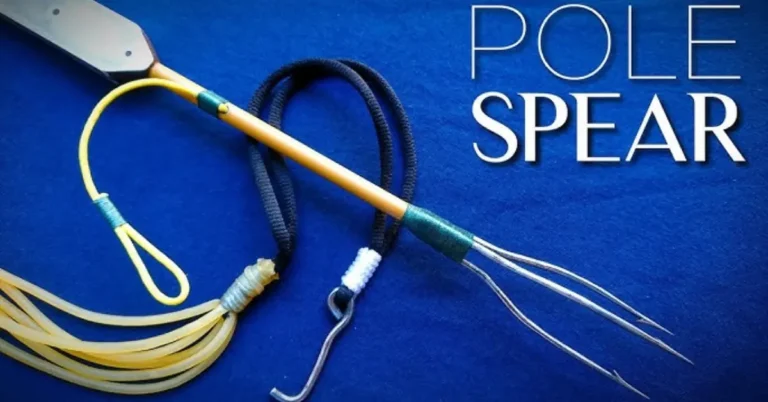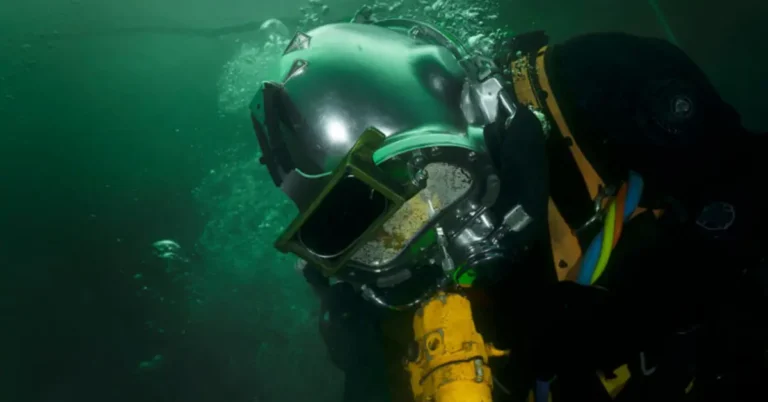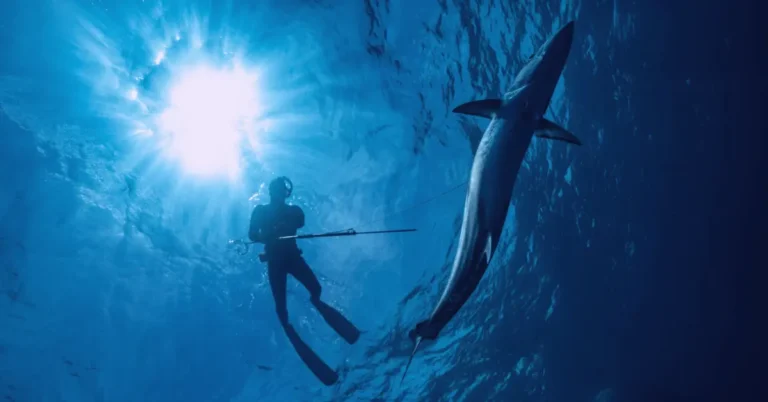What Weight To Use When Spearfishing
Determining the right amount of weight for spearfishing is crucial for safety and success underwater. Factors like your body weight, the thickness of your wetsuit, and the depth you’re diving all play a role. Generally, you can start with one kilogram per millimetre of your suit plus two, or 5% of your body weight for thinner suits.
Avoid overloading yourself, as it can lead to difficulties in resurfacing. Adjust the weight based on your experience level and diving conditions. Always prioritize safety and comfort by ensuring you can float at the surface without sinking.
Also Read: What Do You Need for Spearfishing?
Importance of Proper Weighting in Diving
Being correctly weighted is vital in delicate areas like coral reefs. It prevents damage to coral and keeps you safe from cuts. For a 90kg diver with a new 5mm suit, starting with 7.5kg of weight is a good guide. But everyone’s needs vary, so start light and add weight as needed.
Choose the right weight belt; rubber belts are secure and comfortable. Lead shapes matter, too, especially if they’re plastic-coated to protect your gear. Some divers use weight harnesses for comfort, but they can be tricky in emergencies. It’s essential to prioritize safety and comfort when choosing diving gear.
Do You Need a Weight Belt for Spearfishing? [Is this the Best Weight?]
When spearfishing, your weight belt matters a lot. Look for one with a quick-release button for safety. There are different types: nylon, pocketed, and rubber. Rubber belts are best for spearfishing without scuba gear because they stay in place. Nylon belts work with scuba gear since the gear keeps them low.
But without scuba gear, you need a belt that won’t slide around. Rubber belts stick to your suit, preventing movement. Nylon belts can rotate, posing a safety risk if the buckle ends on your back. Prioritize safety and stability when picking your belt.
How Much Weight Should You Wear Spearfishing?
Spearfishing is a popular ocean sport that offers relaxation and excitement. Safety is critical, and knowing the right weight for diving is crucial. It’s about balancing fun with caution.
Too much weight can lead to trouble underwater. Understanding your body and gear is essential for a safe dive. Enjoy the ocean’s wonders responsibly!
Frequently Asked Questions
Conclusion
Weight depends on skills, gear, water type, and body size for spearfishing. Too much weight in deep dives can be risky, especially for beginners. Test buoyancy with less weight initially. Invest in reliable gear for safety.
The amount of weight varies based on fish size and dive depth. Experiment to find the right balance. Remember, heavier weights suit deeper dives, while lighter ones are fine for shallow waters. Stay safe and enjoy successful dives!

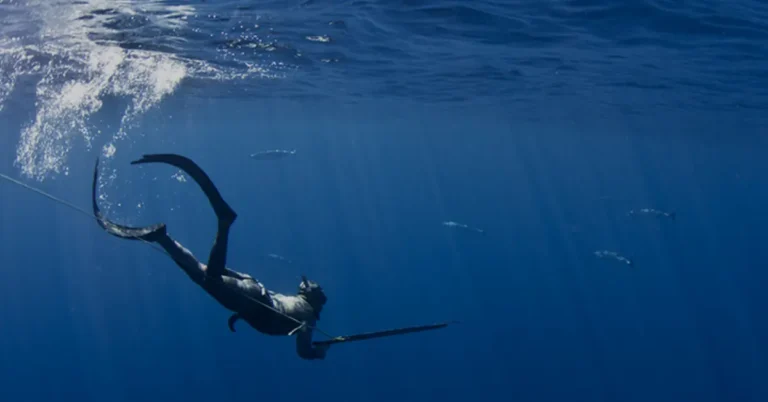
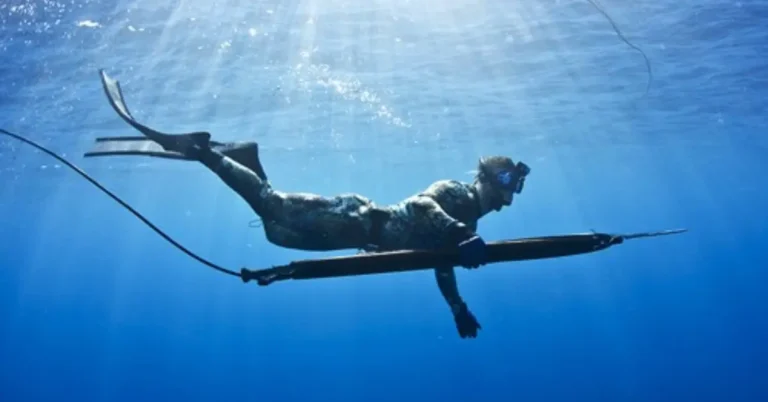
![The Best Speargun for Beginners in 2024 [Tested & Reviewed]](https://wildsportexplorer.com/wp-content/uploads/2024/04/Untitled-design-17-768x402.webp)
